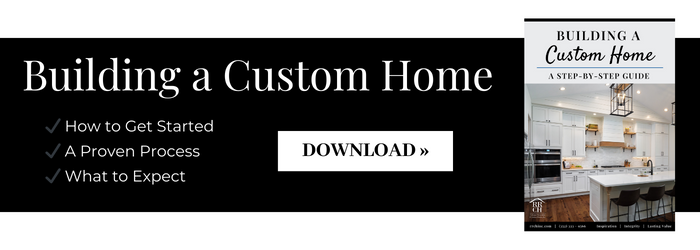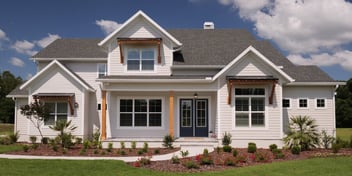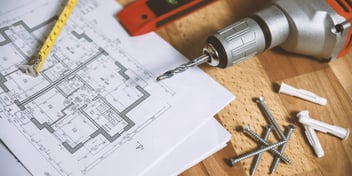3 Min Read
What Is Design-Build?
Whether you're remodeling your Gainesville home or looking to build a new custom home, you'll need to work with a designer and a contractor. Traditionally, a homeowner would hire separate professionals to complete the project, which poses frustration, miscommunication, and going over budget.
Working with a design-build team, which involves both professionals working as a cohesive team from the start, will alleviate those issues and leave you with a remodel that exceeds your expectations. So, what is the design-build process, and is choosing design-build worth it?
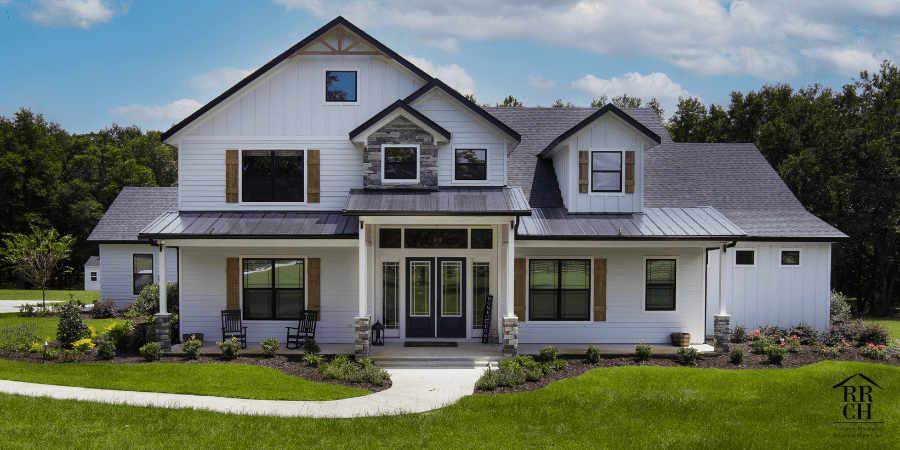
What Does Design-Build Mean?
The design-build process brings the design and construction services of a project into a single contract because they are managed by one entity—a design-build firm. Your designer and contractor collaborate from the beginning, allowing for early contractor participation in the design process, and thereby reducing both project cost and time.
How Does Design-Build Save Time and Money?
Your contractor is an excellent resource for pricing materials and methods, which plays a critical role in the overall project cost. Having cost information readily available can help the decision-making process move along more efficiently. Your design will come together with fewer changes due to price, feasibility, and availability. This means less time will be wasted with multiple design iterations and change orders later in a design-build project.
What Makes Design-Build Different From Design-Bid-Build?
The traditional design-bid-build delivery method requires at least two contracts, which means you'll spend more time during the hiring process. You'll hire a designer or architect, who will then create your design. You’ll then ask for bids from different contractors and choose one that can complete your project within your budget through a separate builder contract.
What’s the downside of design-bid-build? Your designer or architect and the contractor are not collaborating. Your potential contractor may make a bid based on interpretation, which can vary widely among different design-build firms. Moreover, not all bids are created equally. This means that some contractors deliver very detailed bids, while others give a general cost item list, which can be problematic later. On top of that, the professionals you're hiring may not have worked together in the past, leading to miscommunication, scope creep, and issues in design construction services coordination.
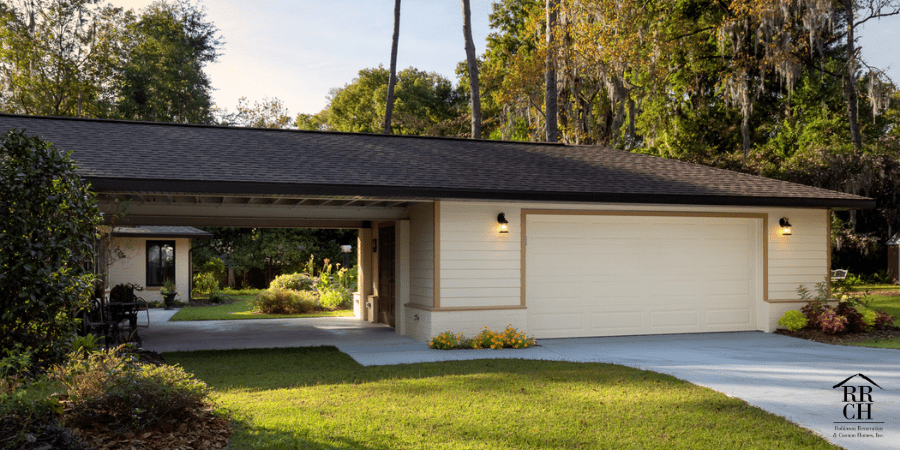
What are the Phases of a Design-Build Project?
Design-build construction is all about simplifying and streamlining the process for remodeling your Gainesville, Florida, home while having a single source of accountability. So, let’s delve into the design-build process for your renovation or custom home:
1. Initial Consultation
You'll meet with your design-build team so they can get a general idea of your vision, goal, and ballpark budget for the project.
2. Preliminary Proposal
Your design team presents a design agreement outlining what you can expect in the process. After reviewing the preliminary scope and budget of the project, you'll sign the design agreement.
3. Design Development
You will explore design options and make material selections with your design team. Your builder will provide feedback on the cost and feasibility of constructing your custom home. This value-engineering process in the early stages allows you to refine the plans until they meet your expectations at a budget that will work for you.
4. Final Proposal
Your design-build team will then finalize your selections, drawings, and budget, although minor refining can still be made at this point. You and your team also will discuss the approximate start and completion dates, and then you'll be presented with a construction contract to sign.
5. Pre-Construction
During this phase, behind-the-scenes work takes place. Your design-build team will order materials, coordinate labor, obtain the necessary building permits, and develop a detailed job schedule. You will also meet your Project Superintendent, Project Manager, and Production Manager to review communication protocols and a construction schedule.
6. Construction
Your project will begin on the scheduled start date, and your on-site Project Superintendent will keep you informed as work progresses. Furthermore, your Project Manager and Production Manager will make routine site visits to ensure the job stays on schedule with minimum disruptions.
7. Final Walk Through
Once construction on your new home is finished and the work site is cleaned, you will be invited for a final walk-through to double-check all systems and structures with your Superintendent. If you're concerned about anything, your team will make adjustments to ensure your project meets the predetermined expectations.
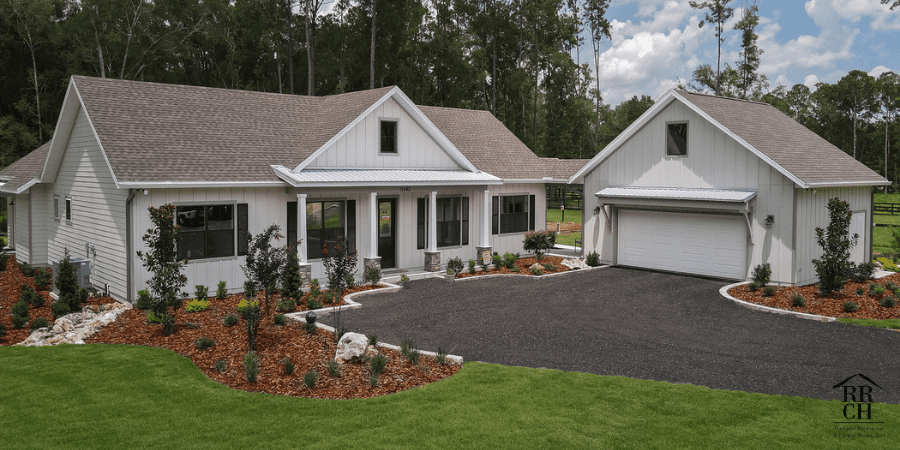
More About the Benefits of Design-Build
With a design-build remodeler for your Gainesville remodeling project, you have one point of contact for the entire project. The design-build firm is the single source of accountability, minimizing the chances for misunderstandings and scope creep. The design-build method means that communication is streamlined, and your project is more likely to stay on schedule and budget.
Regardless of safeguards, issues such as weather events, inventory shortages, and project site accidents can occur. However, within a design-build delivery system, these issues are typically resolved quickly and effectively due to established communication protocols.
Design-Build for Your Remodel or Custom Home in Florida
It’s likely clear by now why the design-build process is more efficient than the design-bid-build method. Your remodel or custom home building process in Gainesville, Florida will undoubtedly benefit from working with a design-build firm. Control cost, adhere to the construction schedule, reduce stress, and have all your design expectations met with an experienced design-build team.
If you want to learn more about how remodeling companies in Gainesville, like Robinson Renovation and Custom Homes, can provide you with your dream renovation or custom home, contact us for a consultation. We'll be glad to review the design-build process with you and answer any of your questions.

